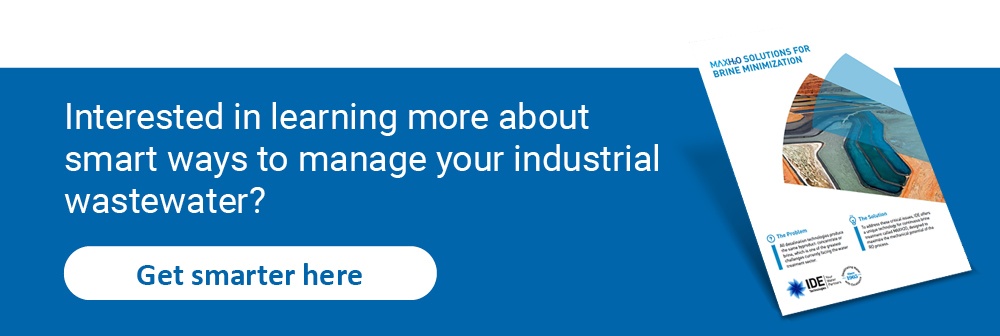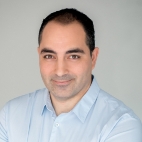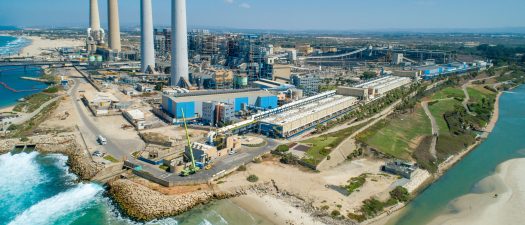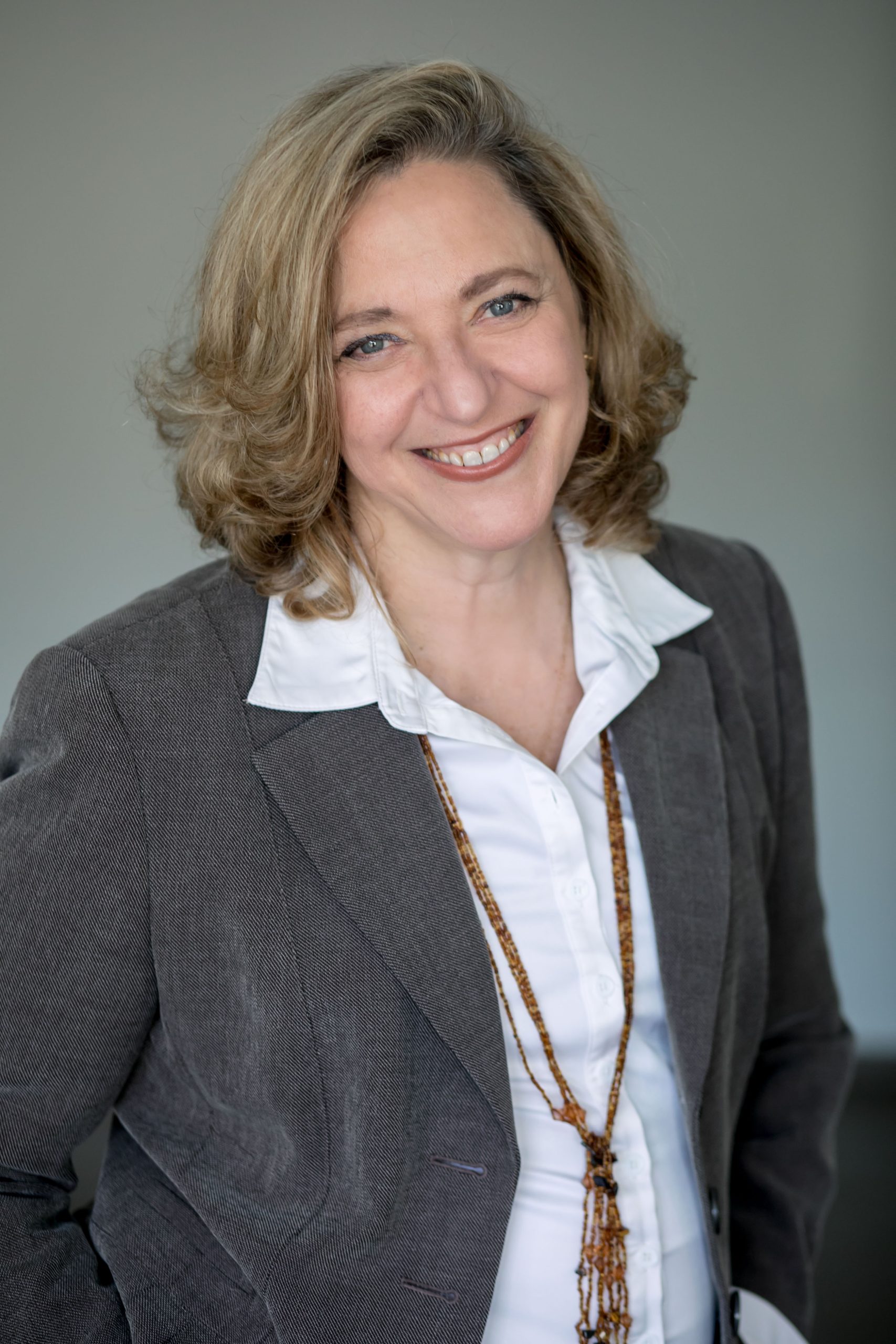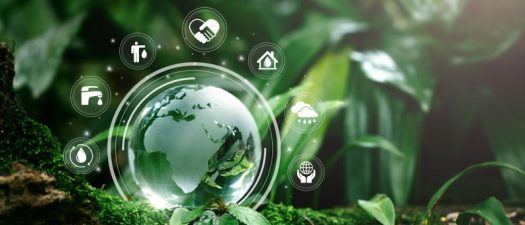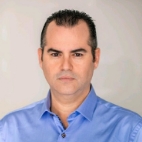Israel is a small state with a single coastline, and 7 mega-size desalination plants built or planned along this strip of coast, for a length of approximately 200 km, currently producing some 80% of.
ZLD Systems – The Race to Zero is On

Efficient wastewater management and disposal is the cornerstone of sustainable development. With increasingly stringent regulations on the discharge of effluents to the sea, surface water bodies and deep well injection, Zero Liquid Discharge (ZLD) systems provides a complete closed loop cycle where effluents are recycled and reused, discharge is eliminated and environmental regulations are complied with in full.
The goal of ZLD treatment is to remove all the liquid waste from a system, economically eliminate wastewater and produce clean water suitable for reuse and solid waste, which is easier, safer and more cost-effective to dispose of. ZLD systems employ a variety of advanced wastewater treatment technologies, and enable industries to meet discharge and water reuse requirements. Among its capabilities:
- Minimizing environmental impact on natural surroundings and neighboring communities
- Meeting stringent governmental discharge regulations
- Maximizing water utilization due to inherent wastewater recovery abilities
- In some cases, recovering valuable minerals and metals from waste streams, such as potassium/nitrate/phosphors fertilizers, caustic soda, magnesium hydroxide, sodium chloride, lithium and many others
The conventional way to reach ZLD is using variety of desalination technologies in which thermal technologies such as evaporators, Mechanical Vapor Compression (MVC) & crystallizers play an important role in treating high salinity effluent, either as stand-alone solutions or as follow-up stages to membrane-based technologies.
<< Learn more about our Brine Management Solutions >>

What is the Current ZLD Process?
Traditionally, most ZLD systems that rely on thermal technologies consist of pretreatment and evaporation of the industrial effluent, until the dissolved solids precipitate as crystals. These crystals are then removed and dewatered with a filter press or a centrifuge, while water vapor from the evaporation process is condensed and returned to the process.
In the past decades, as part of an effort to revolutionize the economics of costly ZLD systems, the design approach of ZLD systems has been modified in a way that maximizes the use of other, more cost-effective technologies such as reverse osmosis (RO). RO is pushed to its practical limits as a preliminary treatment stage, before the process is rolled over to thermal-based solutions.
Despite the variable sources of the wastewater stream, a ZLD system is typically comprised of two main steps:
- Membrane-based treatment – These steps utilize one or more membrane-based technologies such as Ultrafiltration (UF), Nanofiltration (NF) or RO, put to use in order to remove any suspended solids from the effluents (UF) and then concentrate the stream by recovering permeate from it (RO/NF). These processes may concentrate effluents up to a medium salinity level (up to 10%), limited by the osmotic pressure which a typical membrane can handle. This stage, when properly designed, can recover up to 60-80% of water from the wastewater stream.
- Evaporation / Crystallization – The next step occurs when all remaining water evaporates, retrieved and made available for reuse. Leftover waste is then transitioned to a crystallizer, which evaporates all remaining water until all the dissolved solids are crystallized and get filtered out as solids.
The Race to Ground Zero
The increasing intensity of climate change and the subsequent issue of water scarcity have led the ZLD market to gain substantial significance. In fact, ZLD systems have become an integral component of numerous industrial sectors.
According the latest study conducted by Technology Market, the ZLD market is emerging as one of the most active, and Express Journal estimates that the ZLD market is expected to grow in the APAC region at 9% in annual growth rate over 2019-2025.
Why that region in particular?
Asia Pacific is home to the majority of the world’s population and houses 2 of the world’s fastest growing economies – China & India. According to a report by China Water Risk (CWR), the adoption of ZLD systems in China is being fueled by a surprising factor – the air pollution reduction process of the nation’s thermal power plants, which produces complex and extremely hard to treat wastewater.
A report by Global Market Insights Inc. shares even bolder projections, stating that severe environmental challenges and the ongoing economic development of nations such as India and China, will propel the global ZLD market to surpass the $9B mark by 2025.
On the other side of the globe, the European Commission has recently identified that the EU needs to manage its water resources in a more efficient manner. An effective way to achieve this is to treat recycled water from ZLD systems as an alternative water supply source. According to Express Journal, in 2018 alone the European ZLD systems market raised over $1.5B in revenue, having treated more than 40,000M m3 of wastewater. On the flip side, the continent only reuses 964M m3 of the treated wastewater.

The potential for additional uptake is therefore quite massive, as Europe could reuse more than 6 times the volume of recycled water that is currently being used, presenting a significant opportunity for the growth of the regional ZLD market.
What is the role of Europe’s environmental protection directives on the ZLD market?
In 2018, the European Commission proposed new rules to promote and facilitate water reuse for agricultural irrigation across the European Union. These steps were introduced with the sole purpose of alleviating the pressure of water demands on natural water sources, and according to a recent publication, the challenge currently grips approximately 11% of the European population, severely impacting over 17% of the European Union’s territory (source: Express Journal).
The picture is clear, and as predicted by several educated sources, the economic and environmental impact of water scarcity across the globe indicates that the ZLD process of water treatment is expected to witness a substantial rise in the very near future. That being said, this upward trend will heavily depend on the ability to provide cost-effective ZLD solutions, which will have a direct impact on the extent of these solutions being endorsed across industries.
Zero Waste. Maximum Recovery
ZLD is therefore the only solution for maximal brine and wastewater treatment, when local regulations dictate no liquid discharge. We at IDE partner with customers in the oil & gas, power generation and heavy industries, to achieve a ZLD plan that meets their unique water reuse needs and targets.
Why us?
To start with – over 50 years of experience. IDE has a spotless record of more than 450 deployments in more than 45 countries, and the best-in-breed customer service to maintain smooth operation and ensure every business goal has been met in full. Having built some of the world’s largest and most complex membranal and thermal-based desalination facilities, with extensive expertise in industrial water treatment, and loyal customers that have been using our services for over 30 years, IDE is the natural choice for clients that are after stability, flexibility, reliability and a long-term partnership.

Sources
- Environmental Science & Technology, Tiezheng Tong & Menachem Elimelech (2016-06-22), “The Global Rise of Zero Liquid Discharge for Wastewater Management: Drivers, Technologies, and Future Directions”
- ScienceDirect, “Zero Liquid Discharge Solutions”, Shrikant Ahirrao
- Technology Market, “Zero Liquid Discharge System (ZLD) Market Opportunity, Demand, recent trends, Major Driving Factors and Business Growth Strategies 2024”
- Express Journal, “APAC ZERO LIQUID DISCHARGE SYSTEMS MARKET TO GROW AT 9% CAGR OVER 2019-2025”
- China Water Risk (CWR)
- Global Market Insights, Inc.



